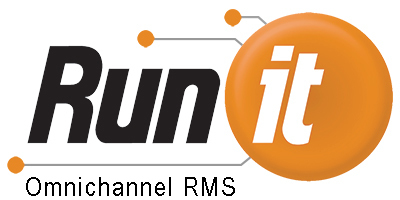There are a high number of retailers struggling with monitoring and managing many stores.Consider these 4 ways a retail POS system supports multi store needs.
A modern retail POS system provides deep information breakdowns on sales figures, best-performing categories, employee engagement, warehouse and inventory management, customer loyalty and more. This all adds up to enhanced transparency into store operations, no matter how disparate the retail locations.
-
Enhanced Information Access
Some 59% of managers miss important information daily because it exists, but can’t be found. Yet a retail POS system offers enhanced understanding of store performance with realtime dashboards enabling data analysis and performance reporting for multiple stores.
The retail POS system not only tracks sales and receipts, but can also provide back office support regarding employee hours, taxes and accounts receivable. Retail managers, for instance, can gain full visibility on employee schedules, attendance and sales performance. Managers can then use this strategic information to improve store sales figures, increase employee engagement, and reduce turnover rates.
-
Improved Inventory Management
A retail POS system integrated with inventory management affords the retailer insights into multiple stores. Managers can easily and effectively monitor buying trends across locations and view realtime updates on stock levels — even incorporating multiple stores and eCommerce.
With omnichannel support to sell across multiple stores and online, the retailer no longer needs to worry about overselling an item. With the business intelligence available from the retail POS to support smarter buying decisions, the retailer can also enjoy better relationships with vendors and move away from needing to deeply discount overstocked items.
-
Smarter Pricing Strategies
It is well established that the number 9 makes the difference in pricing products. One study found that use of $9 price ending increased product demand in three experiments, particularly when the pricing was on a new retail product. Yet pricing still ends up being trial and error much of the time.
A Retail POS system aggregates pricing and sales data so retailers can better identify successful pricing trends. Further, the retailer can make changes in realtime, discounting a product to match a current need in selected locations (e.g. putting the plaid ponchos on sale as an afternoon thunderstorm hits certain stores).
-
Better Customer Experiences
A smart retail POS system can also inform retailers about customer habits and help foster client retention. Creating a customer database through the retail POS lets stores identify regular shoppers and reward their loyalty with targeted promotions or personalized notifications.
With an overarching view of all retail locations at their disposal, store sales associates also gain access to vital information to be of more assistance on the floor. A clerk, for instance, can easily find out whether a desired item is in inventory or stocked in another location or access information about alternatives to suggest that are available now so as not to lose the sale. This lets retailers minimize customer disappointment with overstocking.
“70% of consumers will pay more to get a high-quality customer experience.” — HelpScout
Retailers with multiple store locations need a scalable POS system to handle growing business needs. A cloud-based POS system gives retail store owners better visibility into staff, customer, inventory and warehouses management. Fine tune store performance — all of them — with a retail POS giving much needed business intelligence on a by-store level.
Retail POS Systems for Multi Store Management Sources:
Anderson, E.T. and Simester, D.I. (2003, March). Effects of $9 Price Endings on Retail Sales: Evidence from Field Experiments. http://link.springer.com/article/10.1023%2FA%3A1023581927405
10 Problems to Avoid When Managing Multiple Locations. (2012). http://visual.ly/10-problems-avoid-when-managing-multiple-locations





